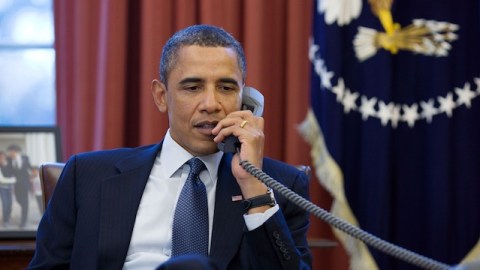Where Did America’s Growth Go?

Where did America’s growth go? Economists can with reasonable accuracy break down a country’s economic growth into its various components. When you look at the data compiled by the St. Louis Fed, it’s clear that in key ways the U.S. economy has begun to rebound. But it’s also clear that the country’s growth has been held back by government policy.
As Karl Smith shows, private residential investment began to fall dramatically toward the end of 2005, well before most Americans were aware a crisis was coming. When the financial crisis hit in 2007, commercial real estate investment collapsed too, along with both commercial investment in equipment and software, and consumer spending. This was partially offset by an increase in net exports as the terms of trade shifted in American businesses favor and the increased government spending that was in part due the stimulus packages.
Toward the end of 2010, the economy began to turn around and these trends began to reverse. Private residential investment hasn’t recovered, and is still a small drag on growth. But commercial real estate investment, commercial equipment and software investment, and personal consumption have all begun to rebound. Government spending, however, has fallen off dramatically. Smith shows that in the second quarter of 2011 reduced government spending slowed the growth rate by about 0.4%, which is significant when you consider the U.S. economy grew only about 1.5% in real terms over the last year.
As many economists said when the financial crisis hit, as large as the stimulus package was, it wasn’t nearly large enough to make up for the fall in spending and investment—especially since state governments were cutting spending even as the the federal government was trying to put money back into the economy. Now that the political focus is on cutting government spending at both the federal and state levels, fiscal policy has become a major drag on economic growth. And as Suzy Khimm argues, one of the reasons unemployment remains above 9% is that the states and the federal government are laying off employees even as the private has begun to add new jobs. As J.P. Morgan said when it recently downgraded its global growth forecast, we are increasing in a “policy-induced slowdown.”
It may be that in the long run smaller government and smaller deficits will stimulate the private investment and consumption, as conservative economists claim. But it’s worth noting that private investment and spending began to rebound before net government spending began to drop. And in the short term you certainly don’t stimulate the economy or create jobs by cutting government programs or laying off government employees.
Photo credit: Pete Souza





